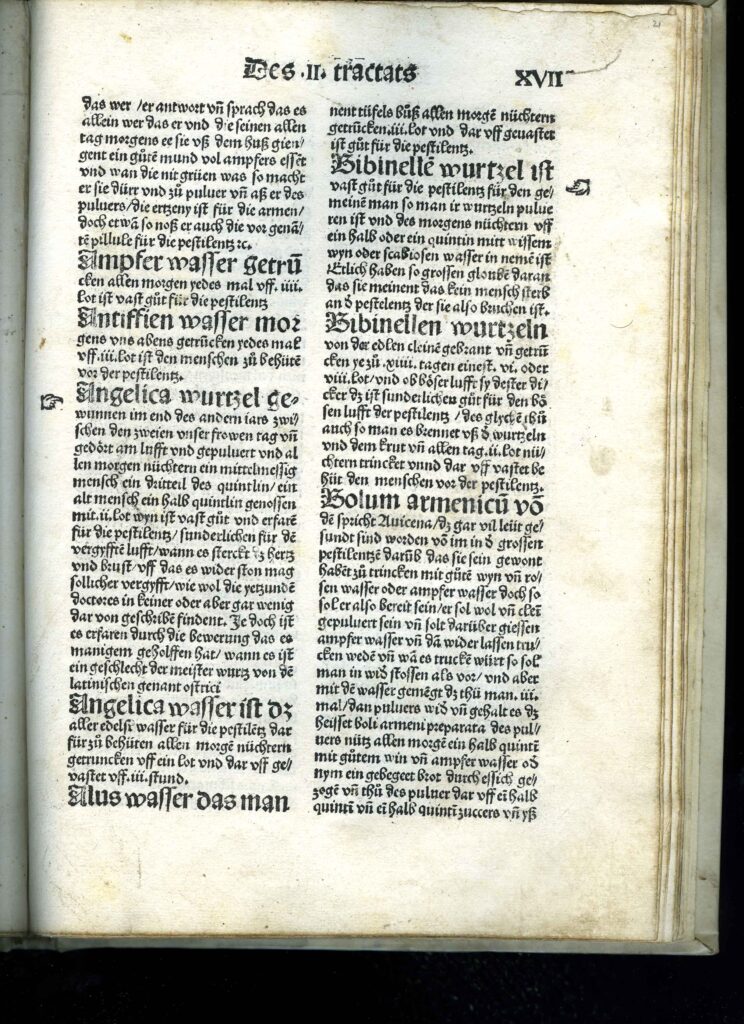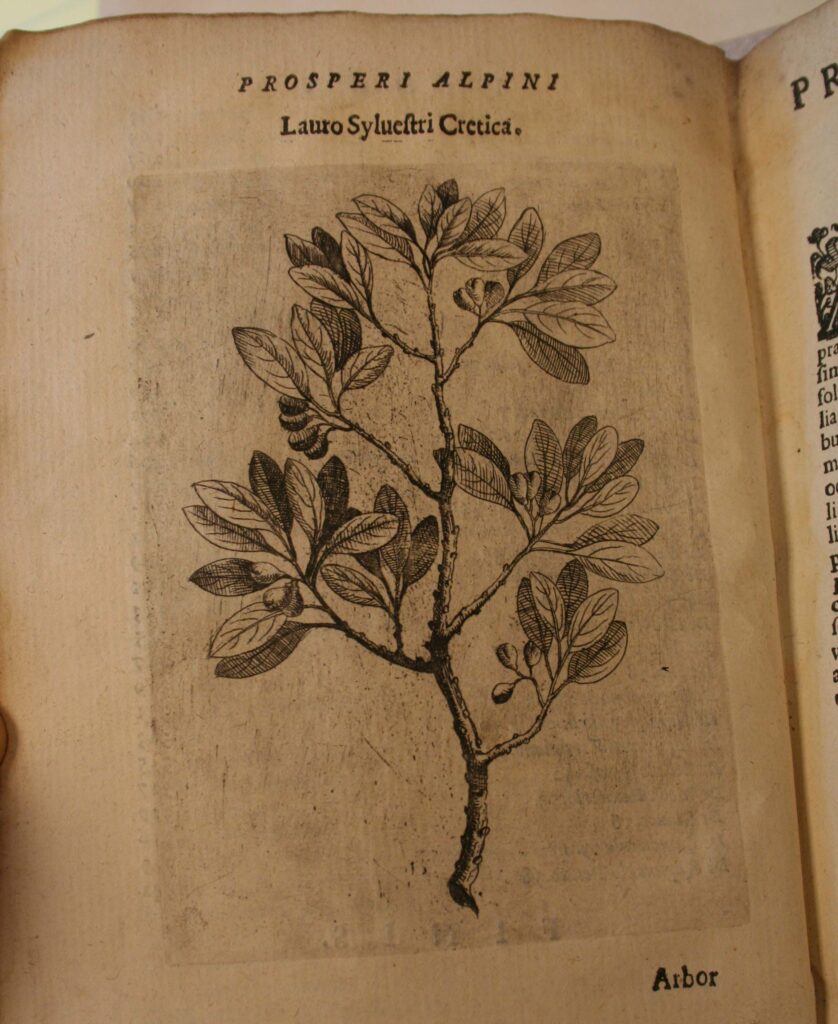We’ve no shortage of stunning, interesting, and unique images in our collections. The task of choosing an image to feature on the library’s holiday card brought up a wealth of options. The winner? The lovely Magnolia below.
The Magnolia glauca, or small magnolia, comes to us from Jacob Bigelow’s American Medical Botany, 1817-1820. According to Bigelow, Magnolias “are distinguished by their rich, smooth foliage, large fragrant flowers, and aromatic bark… They begin to flower in different parts of the United States in May, June and July. The flowers are highly fragrant, and may be perceived by their perfume at a considerable distance.” The text goes on to classify Magnolia as an aromatic tonic that is most effective in treating chronic rheumatism.
Published as a three volume set in Boston, American Medical Botany is a compendium of plants and their medicinal uses. Each plant is illustrated and described in detail. American Medical Botany was one of the first botanical books printed with color. (The other, also in our collection, is Benjamin Barton’s Vegetable Materia Medica of the United States of the same year.) To avoid the time-consuming process of hand-coloring each of the sixty plates in each printing, Bigelow invented a mechanical method of printing the engraved plates and tinting them simultaneously. Read on to see more beautiful prints!







